Discover 11 hidden attractions, cool sights, and unusual things to do in Amritsar (India). Don't miss out on these must-see attractions: Golden Temple, Ramgarhia Bunga, and Jallianwala Bagh. Also, be sure to include Gobindgarh Fort in your itinerary.
Below, you can find the list of the most amazing places you should visit in Amritsar (Punjab).
Table of Contents
Golden Temple
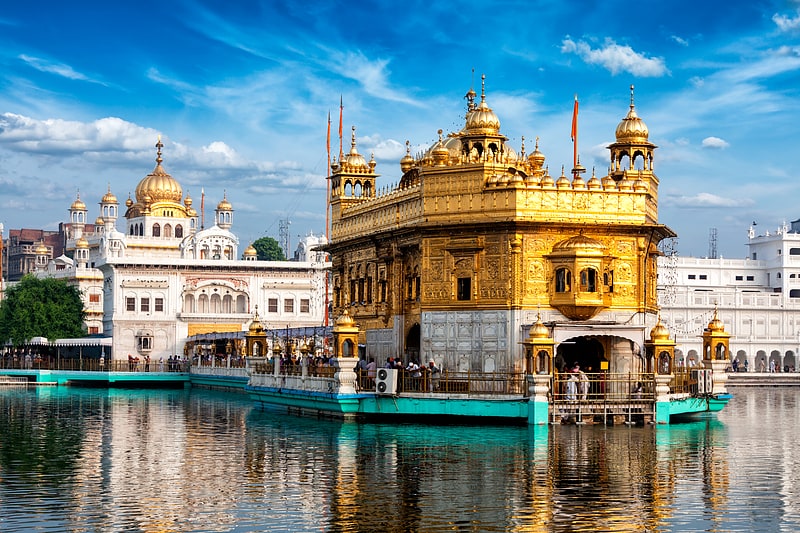
Also known as: हरिमन्दिर साहिब
Gilded temple and Sikh pilgrimage site. The Golden Temple is a gurdwara located in the city of Amritsar, Punjab, India. It is the preeminent spiritual site of Sikhism.
The man-made pool on the site of the temple was completed by the fourth Sikh Guru, Guru Ram Das, in 1577. In 1604, Guru Arjan placed a copy of the Adi Granth in Harmandir Sahib. The Gurdwara was repeatedly rebuilt by the Sikhs after it became a target of persecution and was destroyed several times by the Mughal, political parties and invading Afghan armies. Maharaja Ranjit Singh, after founding the Sikh Empire, rebuilt it in marble and copper in 1809, and overlaid the sanctum with gold leaf in 1830. This has led to the name the Golden Temple.
The Golden Temple is spiritually the most significant shrine in Sikhism. It became a centre of the Singh Sabha Movement between 1883 and 1920s, and the Punjabi Suba movement between 1947 and 1966. In the early 1980s, the Gurdwara became a centre of conflict between the Indian government and a radical movement led by Jarnail Singh Bhindranwale. In 1984, Prime Minister Indira Gandhi sent in the Indian Army as part of Operation Blue Star, leading to deaths of over 1,000 soldiers and civilians, as well as causing much damage to the Gurdwara and the destruction of Akal Takht. The Gurdwara complex was rebuilt again after the 1984 damage.
The Golden Temple is an open house of worship for all people, from all walks of life and faiths. It has a square plan with four entrances, and a circumambulation path around the pool. The four entrances to the temple symbolises the Sikh belief in equality and the Sikh view that all people are welcome into their holy place. The complex is a collection of buildings around the sanctum and the pool. One of these is Akal Takht, the chief centre of religious authority of Sikhism. Additional buildings include a clock tower, the offices of the Gurdwara Committee, a Museum and a langar – a free Sikh community–run kitchen that offers a vegetarian meal to all visitors without discrimination. Over 100,000 people visit the holy shrine daily for worship. The Gurdwara complex has been nominated as a UNESCO World Heritage Site, and its application is pending on the tentative list of UNESCO.[1]
Address: Harmandir Sahib, Amritsar
Ramgarhia Bunga
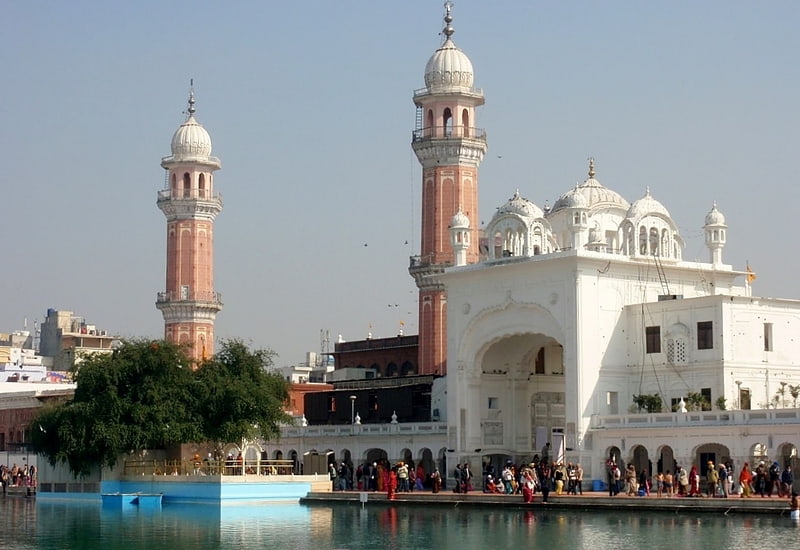
Historical landmark in India. Ramgarhia Bunga or Burj is the three-storeyed red stone watchtowers complex located near southeastern edge of the Golden Temple, Amritsar. The two minaret-style Ramgarhia Bunga high towers are visible from the parikrama walkway around the Harmandir Sahib Sarovar. It is a pre-Ranjit Singh structure built by Sikh warrior and Ramgarhia misl chief Jassa Singh Ramgarhia in late 18th-century, after the 1762 destruction and desecration of the Sikh holy temple and site by the Afghan Muslim forces led by Ahmed Shah Abdali. The Bunga watchtowers-related infrastructure was constructed to station sentinels to watch for any surprise attack, house soldiers to help fortify the area, and to protect the holy complex from desecration.
The Ramgarhia Bunga houses the granite slab of Takht-e-Taus from the Red Fort on which, according to the oral tradition, all the Mughal emperors were crowned in Delhi. This slab was seized by Sikhs from Delhi, during an attack against the Mughal armies, and brought back to Amritsar as a symbol that the Mughal Empire will end with the removal of their coronation stone.[2]
Jallianwala Bagh

Also known as: जलियाँवाला बाग़
Memorial park in India. Jallianwala Bagh is a historic garden and ‘memorial of national importance’ close to the Golden Temple complex in Amritsar, Punjab, India, preserved in the memory of those wounded and killed in the Jallianwala Bagh Massacre that occurred on the site on the festival of Baisakhi, 13 April 1919. The 7-acre site houses a museum, gallery and several memorial structures. It is managed by the Jallianwala Bagh National Memorial Trust. It was renovated between 2019 and 2021.[3]
Address: 1418, Gali Number 7, 143001 Amritsar
Gobindgarh Fort
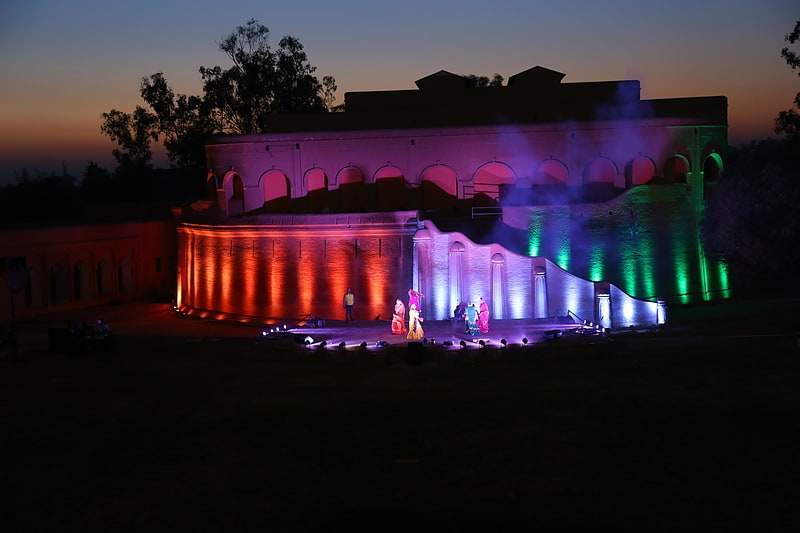
Also known as: गोबिंदगढ़ किला
Fort. Gobindgarh Fort is a historic military fort located in the center of the city of Amritsar in the Indian state of Punjab. The Fort was until recently occupied by the army but was opened to the public from 10 February 2017. Today the fort is being developed as a museum and theme park, as a repository of Punjab’s history.
Popularly known as the Bhangian da Killa (fort of the Bhangis) after its 18th century founder belonging to Bhangi Misl of Dhillon Jats rulers. Sandhawalia Jat ruler Maharaja Ranjit Singh renamed it in the early 19th century after the 10th Sikh guru, Guru Gobind Singh.
Gobindgarh Fort is located on the south west fringe of Amritsar, in a square pattern, with a perimeter of 1,000 m and made up entirely of bricks and lime. The fort had 25 cannons mounted on its ramparts and it remained with the Bhangi rulers till 1805. From the middle of the 19th century until Indian independence in 1947, it was occupied by the British army who made numerous defensive improvements to the fort to take account of technological advances in weaponry.[4]
Address: Vijay Chowk, Inside Lohgarh Chowk, Amritsar
Central Sikh Museum
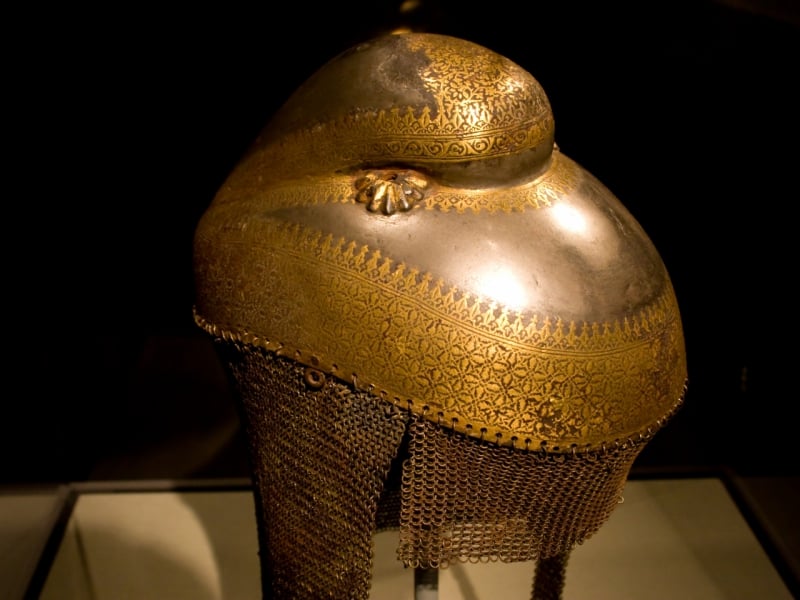
Specialty museum, Museum
Address: Golden Temple Rd, 143006 Amritsar Cantt.
Gurdwara Baba Atal

Gurdwara. Gurdwara Baba Atal is a famous Gurdwara of Amritsar. It is just a short walk from the famous Harmandir Sahib.[5]
Address: Bazar Chure Wala, Papraha Wala Bazar, Katra Ahluwalia, Amritsar
Durgiana Temple

Temple, Sacred and religious sites
Address: Near Hathi Gate Chownk, 143001 Amritsar
Partition Museum
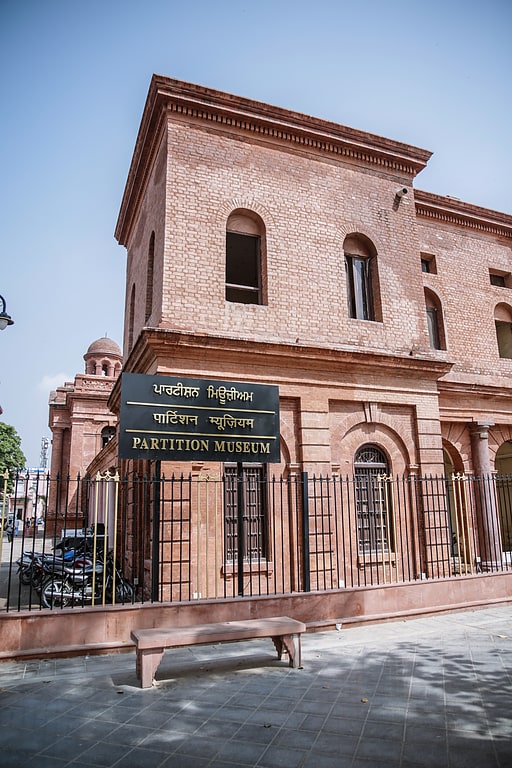
Museum in Amritsar, India. The Partition Museum is a public museum located in the town hall in Amritsar, Punjab, India. The museum aims to become the central repository of stories, materials, and documents related to the post-partition riots that followed the division of British India into two independent countries: India and Pakistan. The museum was inaugurated on 25 August 2017.[6]
Address: Town Hall, Amritsar, 143001 Amritsar
Khalsa College

University in Amritsar, India. Khalsa College is a historic educational institution in the northern Indian city of Amritsar in the state of Punjab, India. Founded in 1892, the sprawling 300-acre campus is located about eight kilometers from the city-center on the Amritsar-Lahore highway, adjoining Guru Nanak Dev University campus, to which Khalsa College is academically affiliated.
Khalsa College was built as an educational institute during the British Raj in India when Sikh scholars thought about providing higher education to Sikhs and Punjabis within Punjab. Amritsar was chosen for its establishment and Singh Sabha Movement and Chief Khalsa Diwan approached the then Sikh Maharajas and Sikh people of Punjab to raise funds and donate land to build this unique institute. People of Amritsar, Lahore and other cities of Punjab including rich Sikh families and Maharajas donated land and raised funds to build Khalsa College, Amritsar. Its architectural design was created by Ram Singh, a famous architect who also designed one of the Places in England. Its building was completed in 1911–12. Its architectural features are mix of British, Mughal and Sikh architect.
Khalsa college's contribution towards the freedom history of India is significant as it has generated many famous freedom fighters, political leaders, armed forces generals, scientists, famous players-Olympians, actors, writers, journalists and scholars. More information about Khalsa college can be found in the book "History of Khalsa College Amritsar," written by Dr. Ganda Singh, former head of the dept. of Sikh History, Khalsa College Amritsar. In modern times, the only research work on Khalsa College's history, "The Temple of Study-Khalsa College Amritsar," was initiated by Jaspreet Singh Rajpoot, an alumnus of Khalsa, in the year 2002 with the collaboration of Khalsa College governing council and Dr. Mohinder Singh Dhillon (the then Principal of KCA), reveals the facts of Khalsa college which are still unknown to most of the people around the world.[7]
Mata Temple
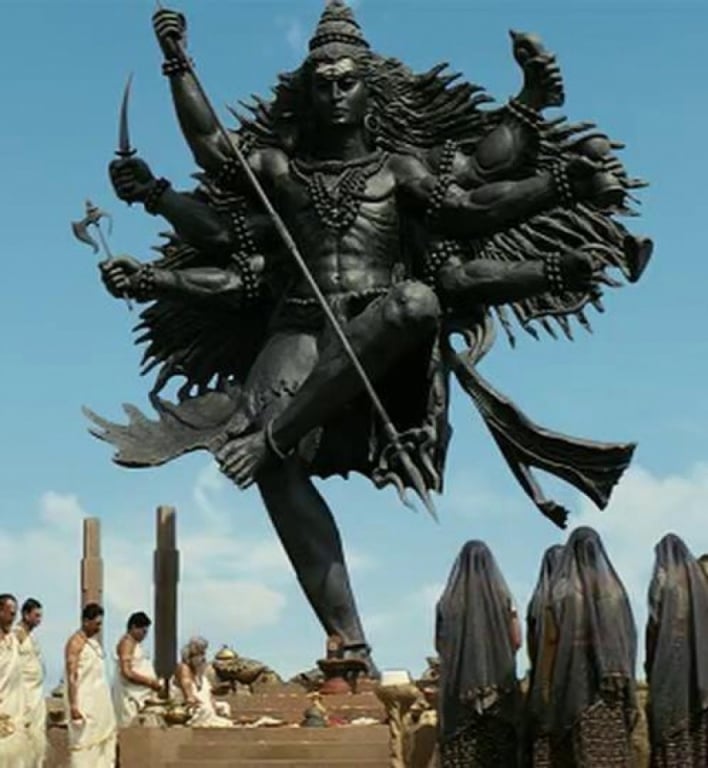
Temple
Address: Model Town, Rani Ka Bagh, 143001 Amritsar
Sikh History Research Centre
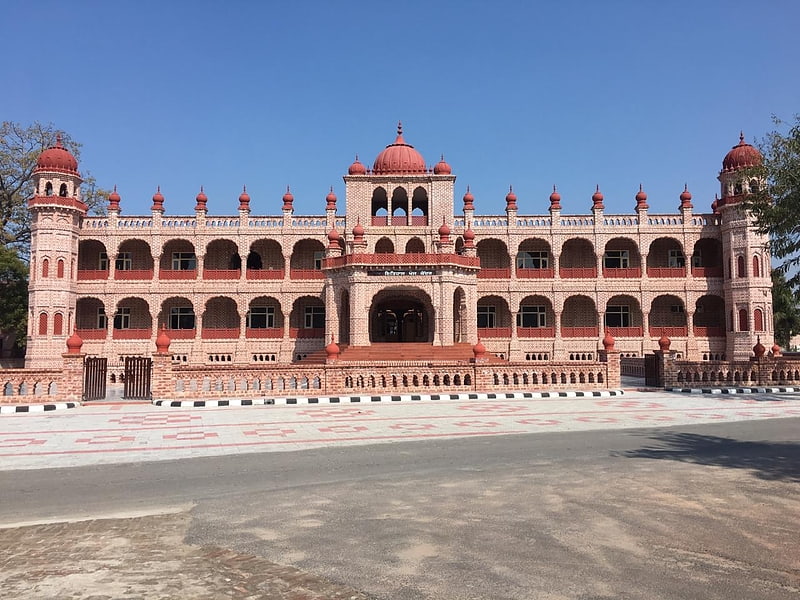
School in Amritsar, India. The management committee of Khalsa College Amritsar created the Sikh History Research Centre in 1930 to write and publish the Sikh history from a modern historical perspective.
Karam Singh was to be given the lead role in creating this centre by the committee. However, due to his sudden demise, the centre was started instead as the Sikh History Department under Khalsa College by S. Jagat Singh and subsequently taken over by Dr. Ganda Singh on October 20, 1931.[8]